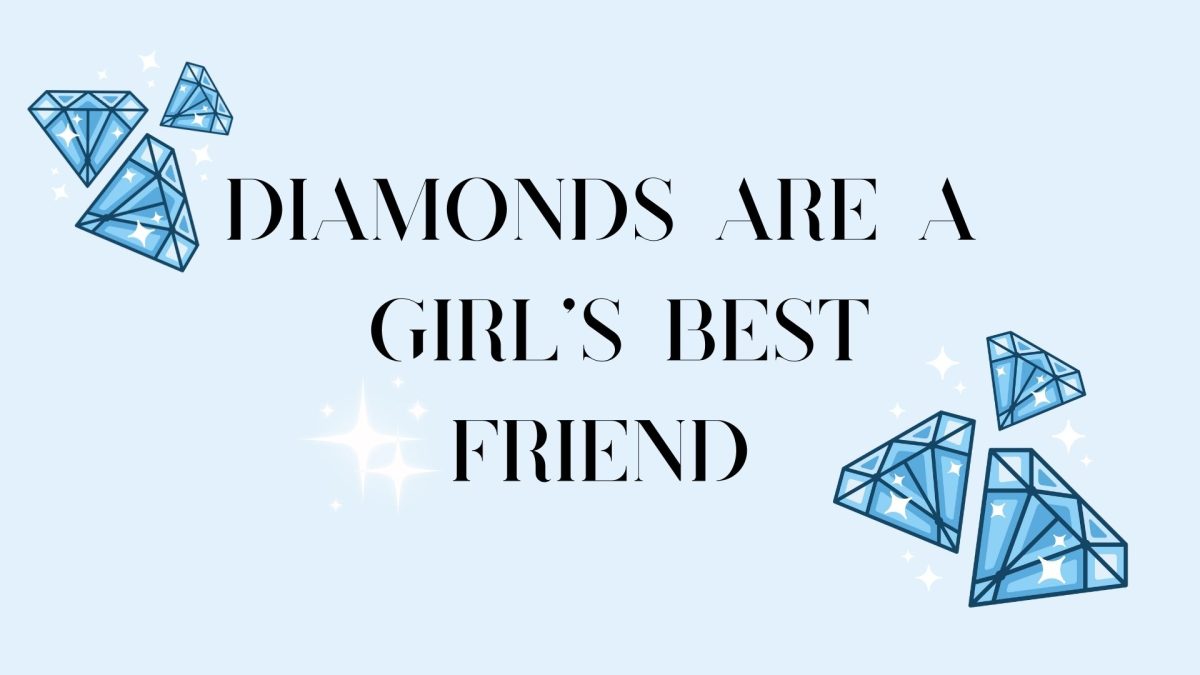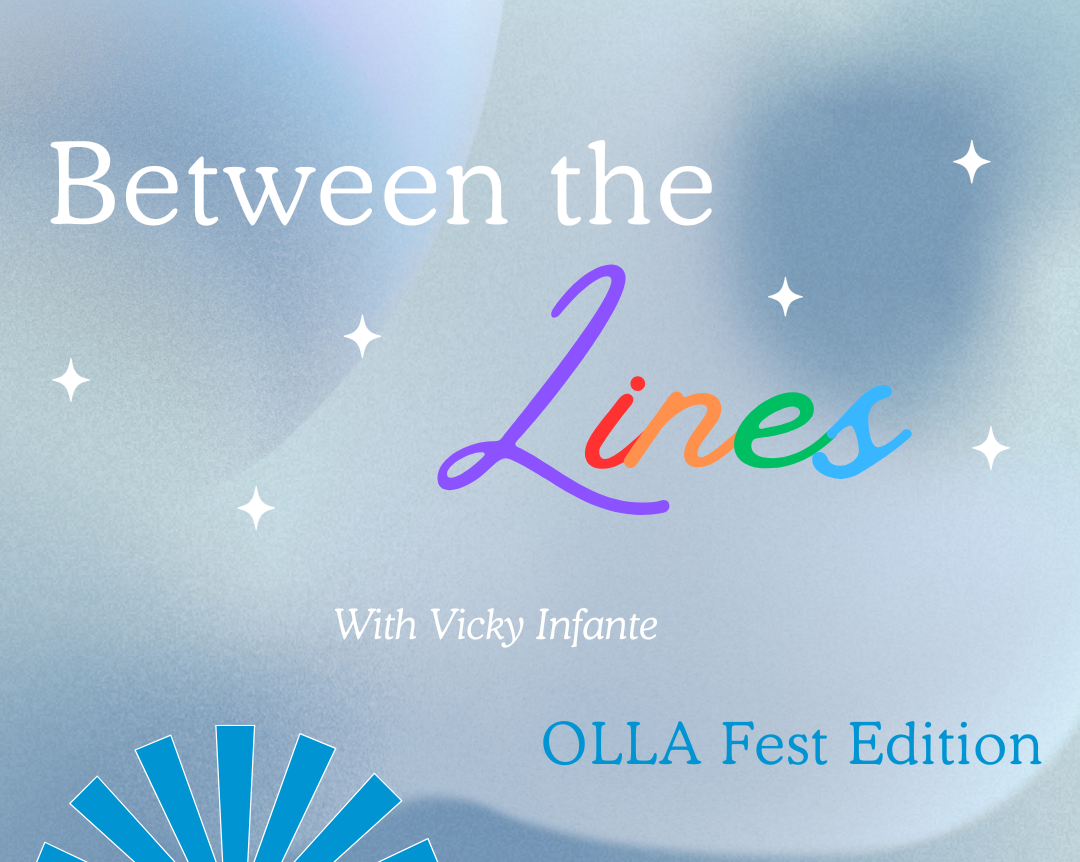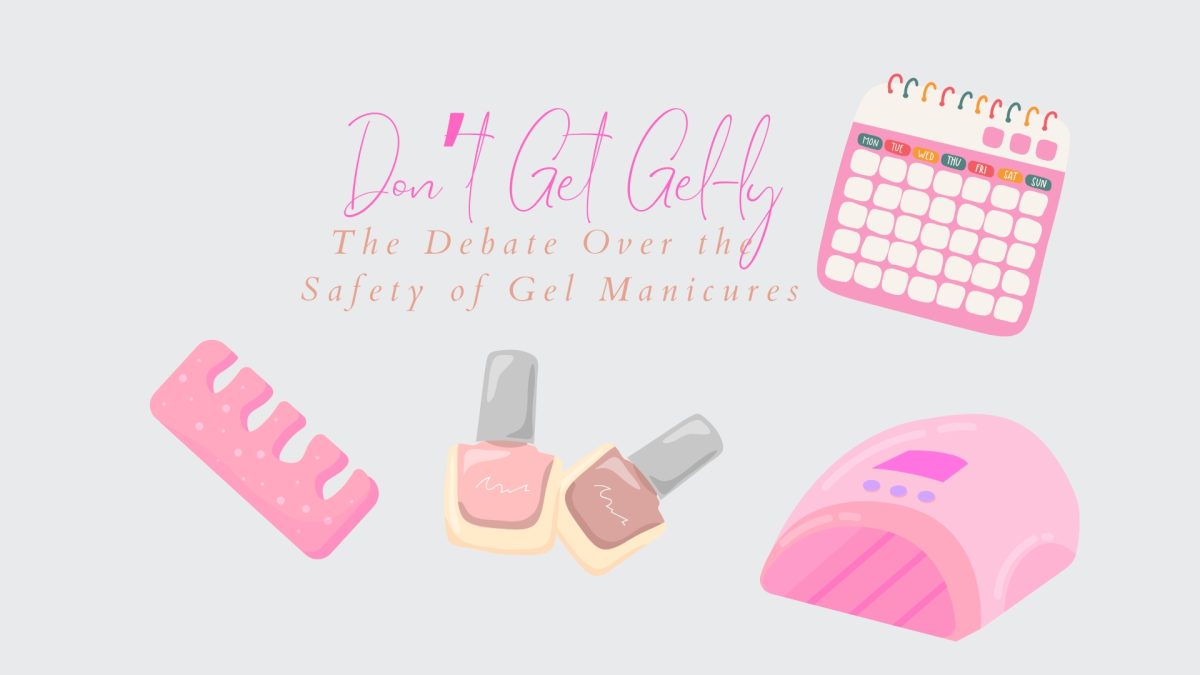Movie star Marilyn Monroe famously sang the song “Diamonds are a Girl’s Best Friend” in the smash hit “Gentlemen Prefer Blondes.” Since the film’s release the scene has been imitated dozens of times from Madonna’s “Material Girl” music video to Margot Robbie’s scene in “Birds of Prey”. So why do diamonds capture our imagination?
Consider that from Drake to the members of the Royal Family to the Oscars, we are constantly evaluating outfits by the size of the BLING. For everyday people, the allure of diamonds can be intoxicating due to their social and cultural symbolism as a sign of wealth. In fact, a rites of passage wedding isn’t complete without evaluating the engagement ring, with around 85 – 90% of engagement rings featuring at least one diamond.
In 2021, around 116 million carats of diamonds were produced from mines. The unattractive truth is that the mining of diamonds is detrimental to people and our planet. Although ‘diamonds are forever’, the mining industry of diamonds certainly is no longer sustainable for people and our planet.
Typically, diamonds are mined in four processes: open pit, underground, alluvial and marine. First open-pit mining is a process that is as bad as it sounds. It is a surface mining technique that strips layers of sand and rock to be broken through by blasting which allows the extraction of minerals through an open pit. The second technique is underground mining, in which miners tunnel through Earth’s crust until they create a pipeline extracting magma flowing through the Earth’s crust. Acting as an elevator, the magma funneled in pipes pushes the diamonds along with other minerals through the mantle and crust in only a few hours. Alluvial diamond mining extracts diamonds from the sand and mud from the Earth’s riverbanks. Finally, marine diamond mining begins with large ships sucking gravel from the seafloor which is later sifted through to collect diamonds, at the price of destroying aquatic ecosystems along the way.
Why are these processes so detrimental to the planet? As conscious consumers and citizens we need to understand one of the most pervasive effects to the environment is global boiling. You read that correctly, we have reached levels of carbon dioxide (CO2) emissions that have advanced from warming to boiling. Due to greenhouse gasses, such as CO2, trapping heat in the atmosphere and warming the planet, Earth is not just experiencing a mild warming but a ‘boiling,’ in which extreme weather events, increased droughts, loss of biodiversity, and other destructive changes occur at accelerated rates.
Mineral resource production causes irreversible damage to the natural environment from deforestation, soil disturbance, air emissions, water pollution, and groundwater contamination. According to the Imperial College London’s 2021 report, diamond extraction in 2018 released around 16 million tonnes of CO2, which is the equivalent pollution from 3.5 million cars.
More importantly, the human tragedies associated with mineral extraction are completely saddening. The working conditions in diamond mining countries are ‘terrible,’ according to an impact project by Ohio State University. In Africa, wages are as low as $1 a day. Workers experience diseases due to poor living conditions and inadequate sanitation. It has also been reported that children are commonly forced into labor, in which they endure physical and sexual abuse.
There is nothing glamorous about the extraction of diamonds; in fact, it gave rise to a cultural phenomenon known as Blood Diamonds. These are diamonds that are produced in war zones to finance military campaigns. It is impossible to track the origin of diamonds, so the Kimberley Process was created in 2003 to source diamonds from ‘conflict-free’ countries, yet unfortunately it fails with the loophole that allows illicit diamonds to be smuggled into a polishing factory. Once polished the illicit diamonds are no longer monitored through the Kimberley Process.
There is an alternative process that limits the dangers of the extraction of diamonds, namely artificial lab grown diamonds. Lab-grown diamonds are identical to naturally derived diamonds, both types coming in various shapes, sizes, colors, and clarities. Additionally, lab-grown diamonds are 60-80% less expensive compared to natural diamonds. Lab-grown diamonds offer a more sustainable alternative since they utilize 7X less water and emit less than 5% of CO2 with the added benefit of avoiding harming ecosystems and human rights ethics. In fact, today you can also purchase lab-grown diamonds that are generated completely through solar power energy.
‘‘Knowing that lab-grown diamonds look identical to traditional diamonds, I don’t see why someone would buy a traditional diamond if it lasted just as long and has the same durability,’’ freshman Camilia Aragno said.
Wiser words have never been spoken. Considering that diamonds are especially loved by women, students across campus should promote lab grown diamonds whenever they shop for their next set of earrings or in a few years when they evaluate THE RING.















